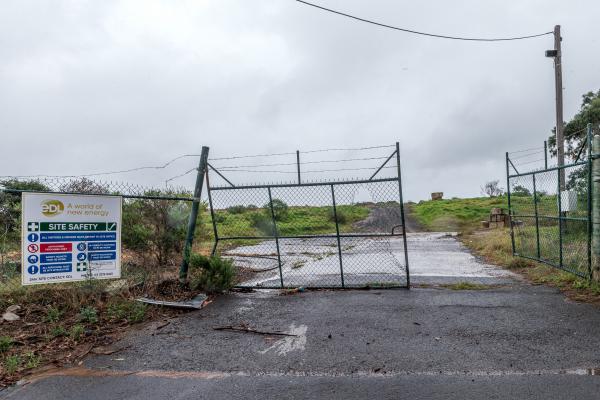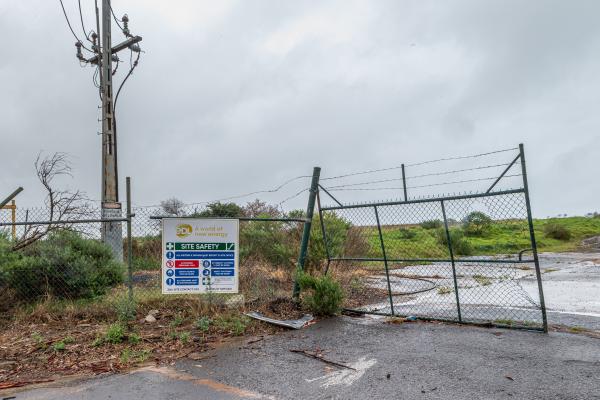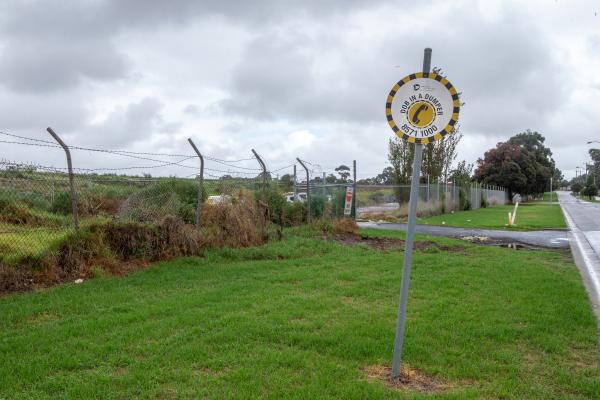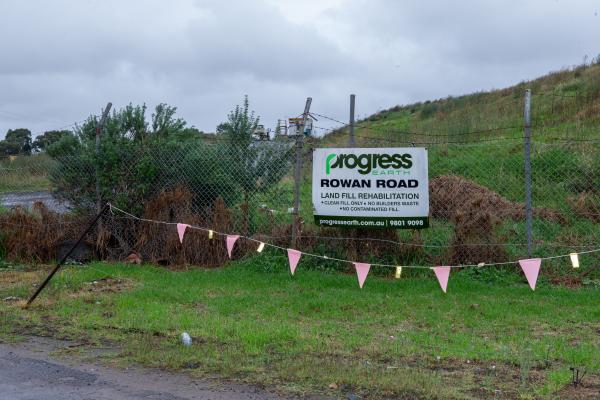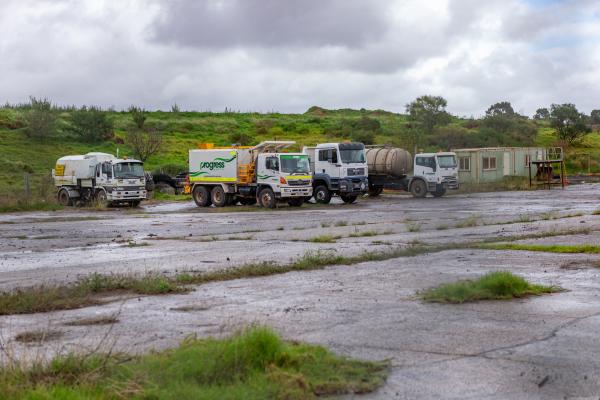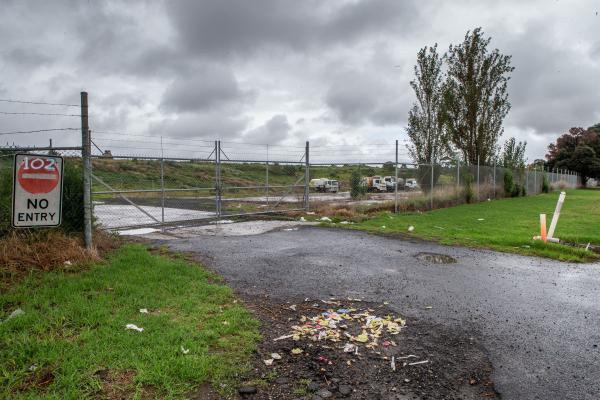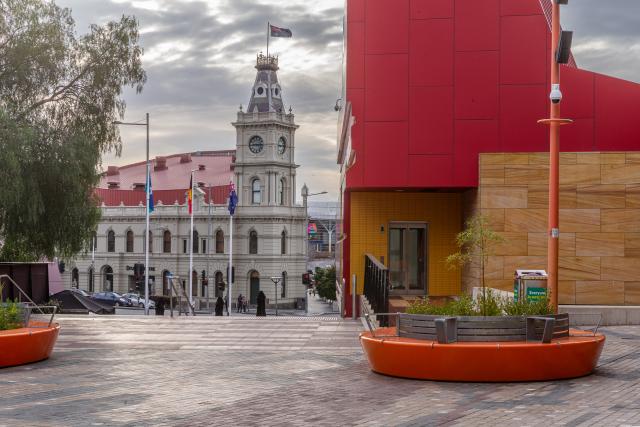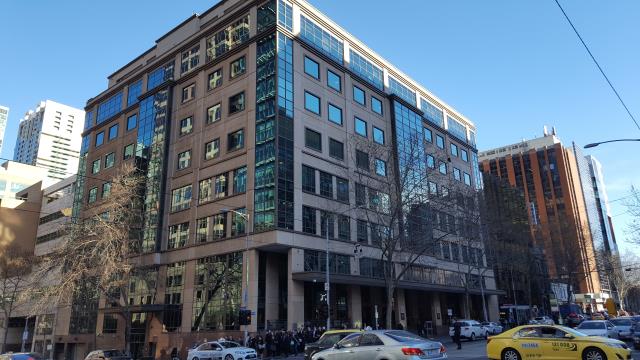A controversial solar farm proposal in Springvale South has gained the support of Greater Dandenong Council ahead of a VCAT hearing.
The $38 million project on 47 hectares of former landfill and quarry land on Clarke Road, Springvale South is said to be one of the largest solar farms in Australia.
Neighbouring residents are among 162 objectors, who say the Green Wedge site had been long promised as parkland.
On 22 March, Greater Dandenong councillors voted unanimously to support the project’s quest for a permit at an upcoming VCAT hearing.
Defenders of the South East Green Wedge stated it was “disappointed but hardly surprised to see Dandenong Council acquiesce to the proposal”.
The council and other authorities had been in discussions with the proponent since late 2014. Yet residents weren’t told until July 2019, Ms Donohue said.
“It has been a project a long time in the making.”
The land is within the Chain of Parks, a series of ex-landfills transformed for public open space, environmental, cultural and recreational experiences, spokesperson Diana Donohue said.
The site’s south-eastern corner was “core parkland” with paths to link the Chain in Kingston and Spring Valley Reserve.
“Instead, the local community now sees their long-anticipated Chain of Parks replaced by an industrial solar farm.
“Clearly this proposal comes at the expense of the local community.”
Ms Donohue noted that the Planning Minister in 2019 replaced local governments as the responsible planning authority for solar farms of greater than 1 megawatt.
The applicant Progress Solar has proposed a 50-metre-wide native-landscaped buffer around the solar farm to form Chain of Park “open space linkages”.
A shared pedestrian path, bike trails and “core parkland” would be publicly accessible, a council report stated.
City planning director Jody Bosman said details of the Chain of Parks space and landscaping would be submitted for the council’s endorsement.
A section 173 binding agreement would ensure ongoing public parkland “for perpetuity”, he said.
The farm, with an onsite substation and battery storage bank, would comprise 68,800 modules – each with 24 solar panels and standing four metres tall.
The farm would generate about 27.5 megawatts a year, enough to power more than 10,000 homes.
It would also create 85 jobs in research, development and construction.
The council’s Green Wedge Management plan states renewable energy is a “desirable” and “appropriate future use” of the former landfill.
It provided wide community benefit, helping the council meet its targets of being a net zero emissions council by 2025 and net zero emissions city by 2040.
“(The site) is contaminated and unsuitable for agricultural purposes, and does not retain any biodiversity values with the exception of remnant vegetation from the previous landfill use.”
However, Defenders of the South East Green Wedge argues the Green Wedge plan preferred benefits such as open space and recreation uses for the site.
The council stated the farm’s construction will not result in ex-landfill “gas or leachate migration”.
Controls for noise, smell and glint will be recommended by the council. A 10-metre fire buffer will encircle the farm.
On 16 February, VCAT senior member Philip Martin struck out a ‘section 173’ agreement’s clause ensuring the “after-use” of the land for “recreation purposes”.
Mr Martin interpreted that the clause “simply imposes certain remediation obligations on the owner” but not for “some indefinite period”.
“There would be a legitimate argument that from the owner’s perspective, this is in practice ‘sterilising’ the long term use of that private land.”
VCAT will decide on a planning permit after a compulsory conference and hearing on 9 May.
The council will indicate to VCAT it would have decided in favour of the project.

